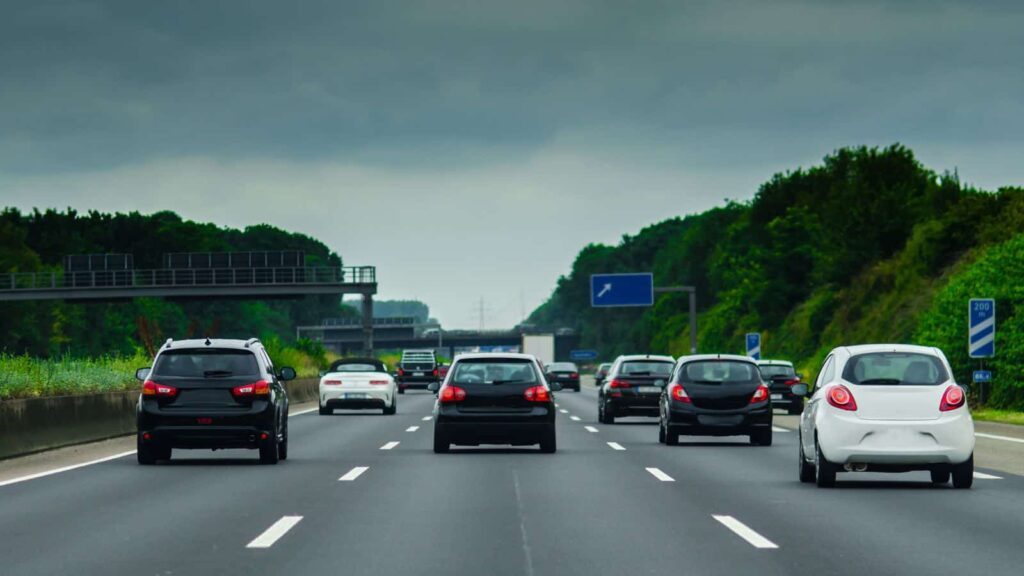Cars are a fundamental part of our lives, offering freedom, convenience, and the ability to travel with ease, but it’s important to recognise that these powerful machines can also be incredibly dangerous. Here we explore popular arguments for why we should consider cars as deadly weapons in the context of accidents.
Power of Speed

One of the most compelling arguments for viewing cars as deadly weapons is the sheer power and speed they can achieve. “Small increases in speed lead to much higher increases in kinetic energy,” says Brake, and “it’s the amount of kinetic energy that the car has which determines the force of impact.” Even at moderate speeds, the force of a car in motion can cause devastating damage in a collision.
Lack of Protection for Pedestrians

Pedestrians are incredibly vulnerable in the event of an accident with a car as, unlike drivers who are surrounded by metal, airbags, and seatbelts, pedestrians have little to no protection against the impact of a vehicle. The speed, weight, and force of a car hitting a pedestrian can lead to catastrophic injuries or death.
Weight of a Vehicle

Cars are heavy machines, with most weighing over a tonne, and this weight alone makes them capable of causing significant damage in an accident. When a car collides with a smaller object, such as a bicycle or motorbike, the results can be fatal.
Driver Impairment and Responsibility

The fact that cars require a responsible and alert driver at all times adds another layer to this argument. When a driver is impaired by alcohol, drugs, or fatigue, their ability to control the vehicle diminishes, increasing the risk of accidents, and in these situations, the car becomes a dangerous instrument.
The Element of Intent

While most accidents are unintentional, the potential for intentional harm cannot be ignored, and there have been tragic instances where individuals have used their vehicles as weapons to deliberately cause harm. Whether driven by anger, distress, or malicious intent, these incidents show how a car can be transformed into a deadly weapon when used with the intent to harm.
Limited Reaction Time

When something goes wrong on the road, drivers often have only seconds to react. This limited reaction time can make it difficult to avoid a crash, especially at high speeds, and the combination of fast decision-making and the potential for catastrophic outcomes means that cars can behave like weapons.
High-Speed Collisions

High-speed collisions are among the most dangerous types of accidents, often leading to fatalities; when two vehicles collide at high speed, the force of the impact is multiplied, causing extensive damage and loss of life.
The destruction caused in these scenarios is akin to the impact of deadly machinery.
Legal Precedents and Reckless Driving

There are legal precedents where courts have treated cars as deadly weapons, especially in cases involving reckless driving. When someone drives with a blatant disregard for the safety of others, they are using their car in a manner that is inherently dangerous.
Emotional Impact of Accidents
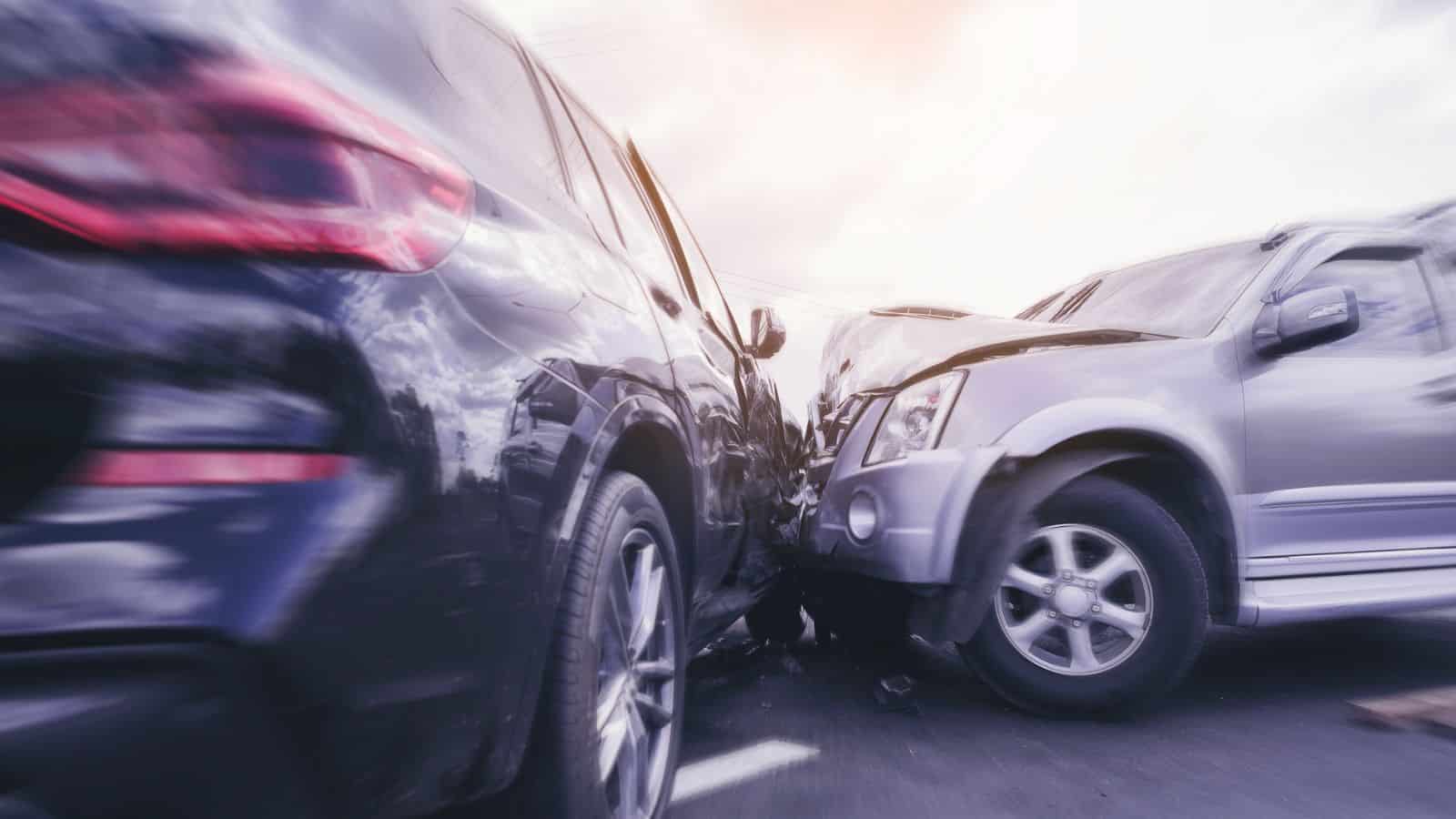
The aftermath of a car accident can be devastating, not just physically but emotionally, as survivors and families of victims often suffer long-term trauma.
This is much like the aftermath of violence involving weapons, and this emotional toll is another reason why cars should be viewed with the same seriousness.
The Role of Distractions

Modern cars are filled with technology, including sat-navs and smartphones, all of which can distract drivers—and when a driver’s attention is diverted, the risk of an accident increases dramatically. A distracted driver is like someone wielding a weapon without paying attention.
Irreversibility of Mistakes
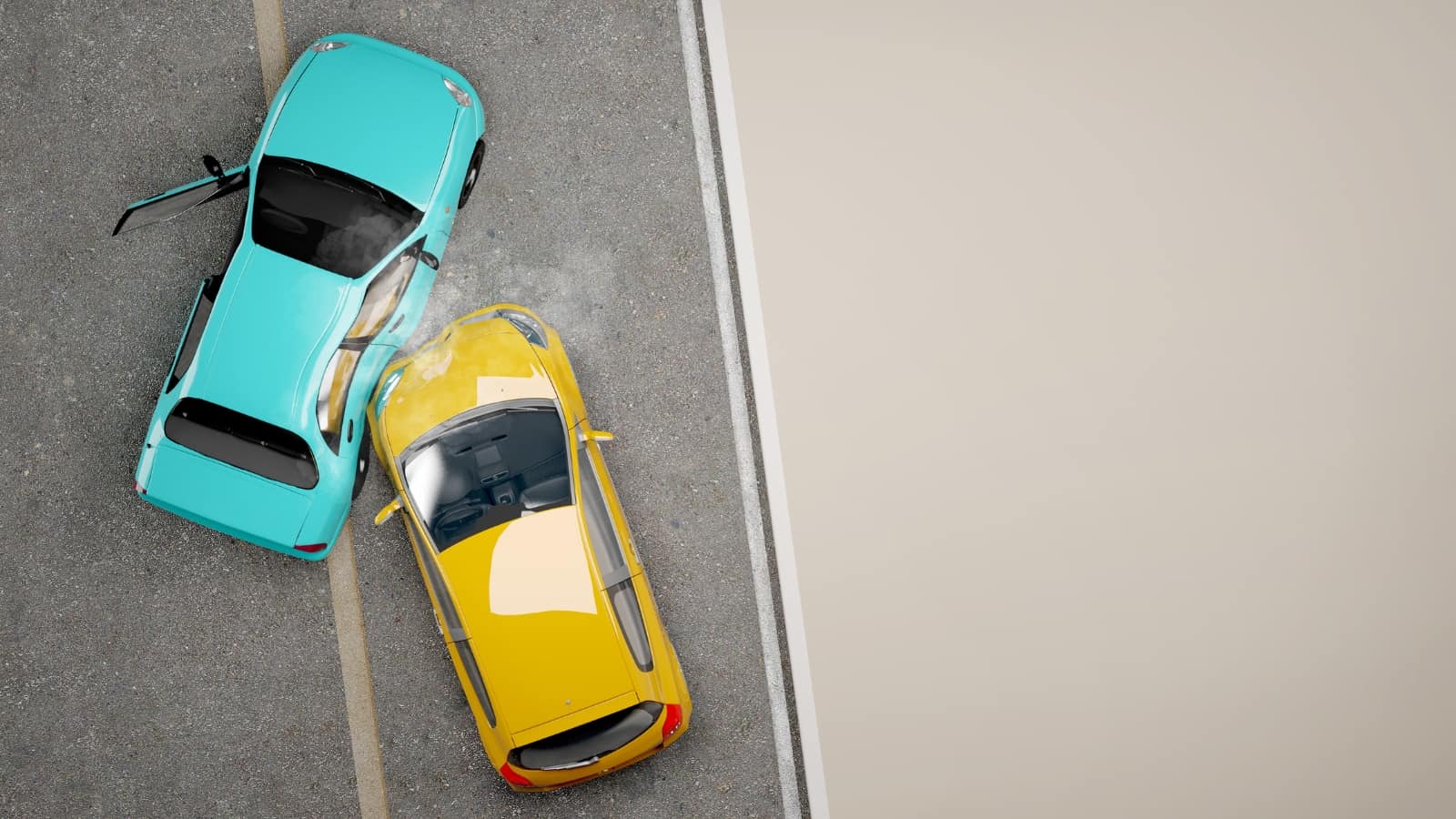
Once a car accident occurs, the consequences are immediate and often irreversible. Unlike a mistake made with many other tools or devices, the damage caused by a car in an accident cannot be undone, and this finality is similar to the consequences of using a weapon.
Impact on Public Health

Car accidents are a significant public health issue, contributing to a high number of deaths and injuries each year, and the scale of harm caused by cars is comparable to the damage inflicted by other deadly forces.
Viewing cars through the lens of public health emphasises their potential to cause widespread harm.
Influence of Speed Limits
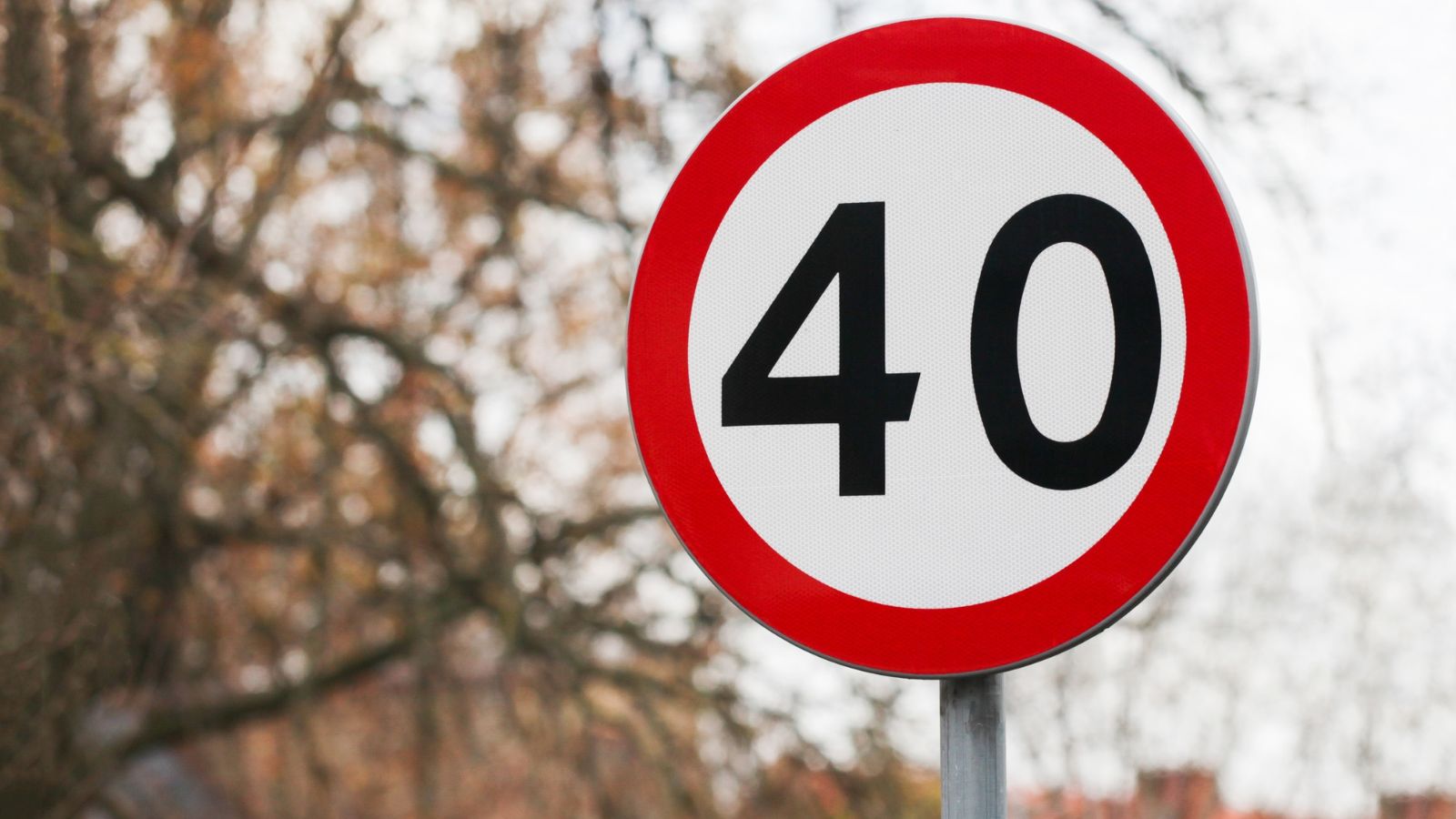
Speed limits are set to prevent accidents and minimise harm, but when they are ignored, the risk of deadly outcomes rises sharply. Drivers who exceed speed limits are essentially pushing their vehicles to a point where they can no longer be safely controlled.
Psychological States of Drivers

The mental and emotional state of a driver can greatly influence how they handle a vehicle; anger, stress, or panic can lead to aggressive driving or poor decision-making, increasing the likelihood of an accident.
When emotions take control, a car can quickly become a weapon, driven by impulses.
The Chain Reaction Effect
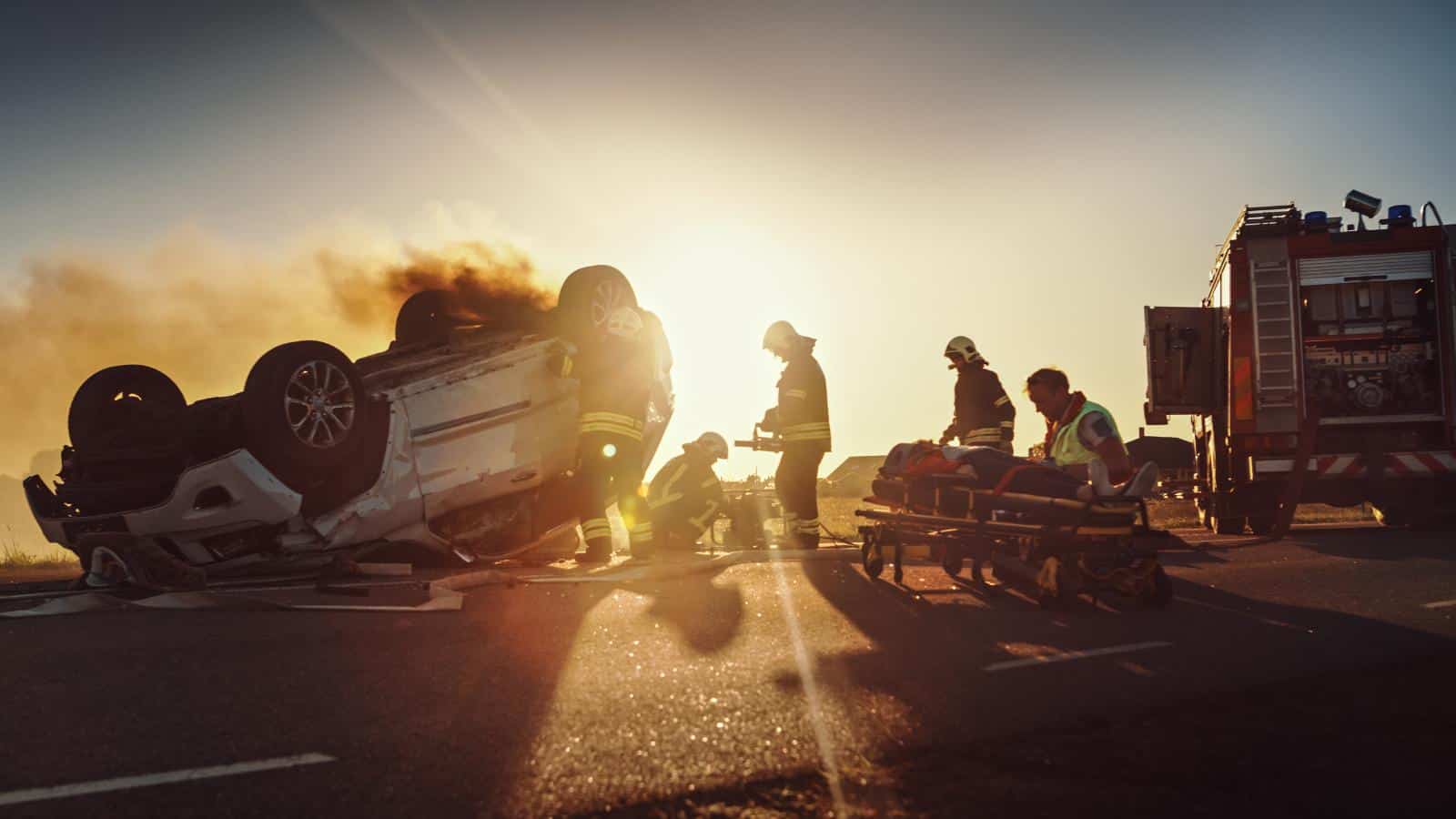
Car accidents often have a domino effect, where one crash leads to multiple others, especially on busy roads or motorways. This chain reaction can escalate the severity of an incident, causing widespread damage and numerous casualties, therefore the ability of a single car to trigger such widespread harm highlights its potential to act as a deadly weapon.
Comparison with Other Deadly Instruments

When comparing cars to other dangerous tools or devices, the similarities are striking. Just as a knife or gun can cause fatal injuries when used improperly, a car can cause death and destruction when driven recklessly or irresponsibly, so the potential for harm is comparable.
A Need for Greater Awareness and Responsibility

Ultimately, the argument for considering cars as deadly weapons in accidents comes down to awareness and responsibility.
Drivers must recognise the power they hold when they get behind the wheel and the potential consequences of their actions, and by treating cars with the same respect and caution as we would any other deadly instrument, we can help reduce accidents.

